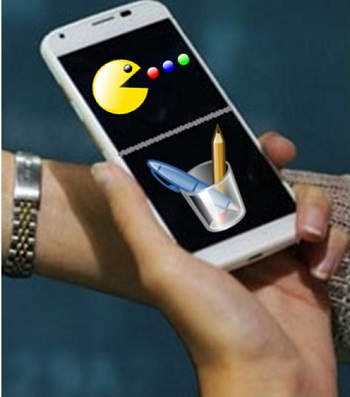New API tech from Khronos Group may improve gaming experiences on mobile devices.
A new mobile API (application programming interface) called “Vulkan” is capturing the attention of the mobile gaming industry. The new tech is being hailed for its ability to deliver superior graphic effects in smart devices. This even includes devices with lower grade hardware specifications.
Vulkan’s creators are determined to help developers design better games.
The developers behind Vulkan are the Khronos Group; an American non-profit, member-funded consortium. According to the Khronos Group official website, their goal is to create “royalty-free open standards for parallel computing, graphics and dynamic media on a wide variety of platforms and devices.”
 As for Vulkan, it is a new generation graphics and compute games-focused API specification that is based on AMD’s Mantle tech. It provides high-efficiency, cross-platform access to modern GPUs utilized in an array of devices. These devices range from PCs to consoles to mobile phones and embedded platforms.
As for Vulkan, it is a new generation graphics and compute games-focused API specification that is based on AMD’s Mantle tech. It provides high-efficiency, cross-platform access to modern GPUs utilized in an array of devices. These devices range from PCs to consoles to mobile phones and embedded platforms.
Android users may no longer need the most expensive smartphone to enjoy premium mobile gaming.
During the recent Electronic Entertainment Expo (E3) in Los Angeles, Samsung Electronics showed off its Galaxy S7 and S7 Edge smartphones. Both smartphones are the first to support the Vulkan API. Samsung teamed up with Nexon to display Nexon’s mobile game “Heroes of Incredible Tales” for the S7 series phones. It is one of the first mobile games to support the Vulkan tech.
“Vulkan’s fast performance delivers an optimal gaming experience to every player providing a 30 percent increase in average frame rate,” Samsung said. The tech has also been designed to generate better 3D graphics and will replace OpenGL. This is the existing API standard currently used in Android, Windows and Tizen operating systems.
Google also intends to support the Vulkan API in the next version of its Android OS. Currently nicknamed Android N, the operating system is expected to be launched later this year. If the upcoming upgrade of Android supports Vulkan tech, this could mean that users might not have to purchase the most expensive high-specification smartphones to play the latest mobile game titles.
By being able to produce superior 3D graphics with less system overhead on application processors in operating systems compared to OpenGL, Vulkan could revolutionize the mobile gaming industry.

 That said, the primary place appears to be the framework, which also contains different references to a “maximize” and “close” button which would be a requirement in this type of multi-screen feature. That said, there is reference to “recents freeform workspace” within the SystemUI, which likely notes the list of recently used applications.
That said, the primary place appears to be the framework, which also contains different references to a “maximize” and “close” button which would be a requirement in this type of multi-screen feature. That said, there is reference to “recents freeform workspace” within the SystemUI, which likely notes the list of recently used applications.